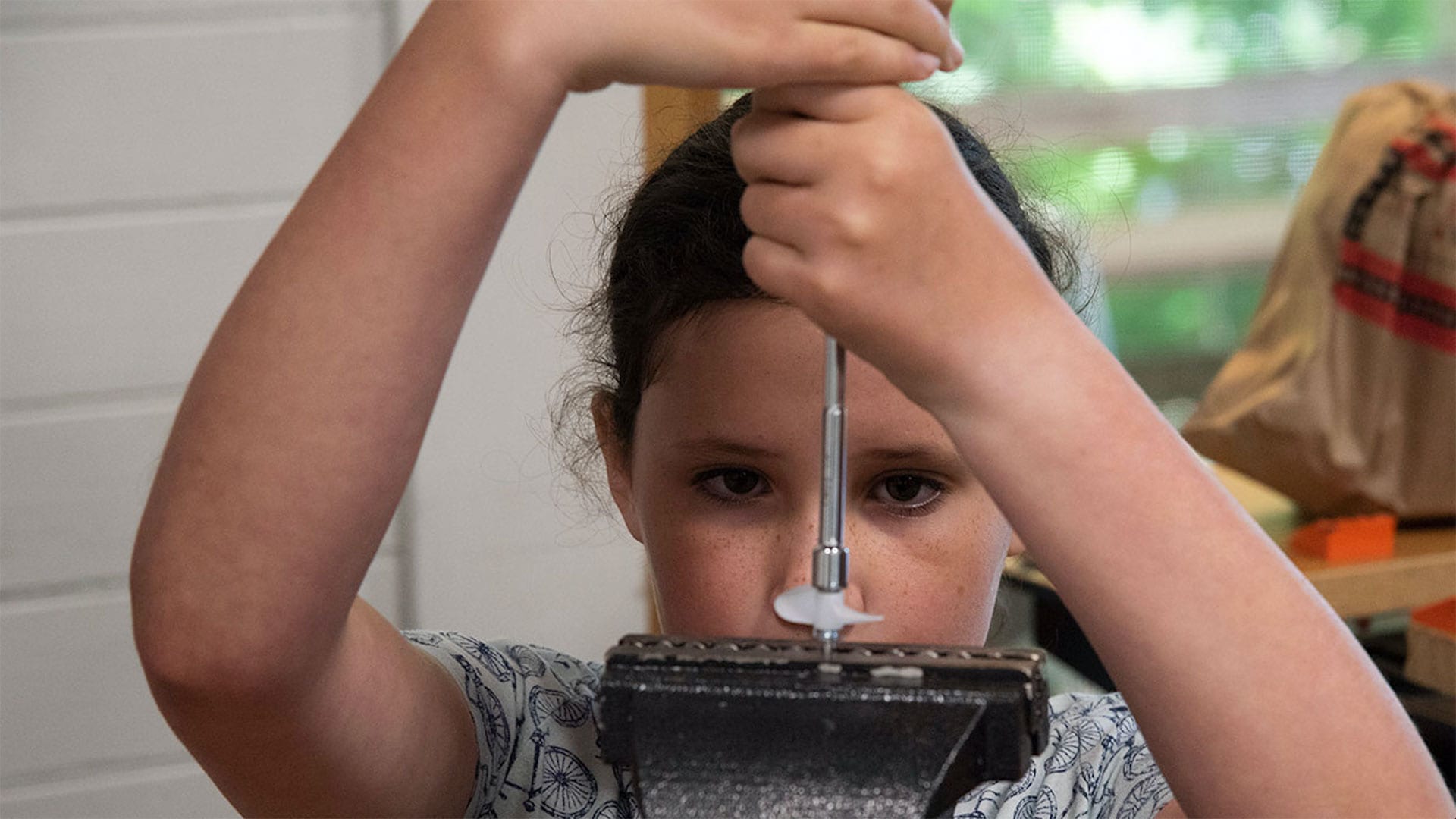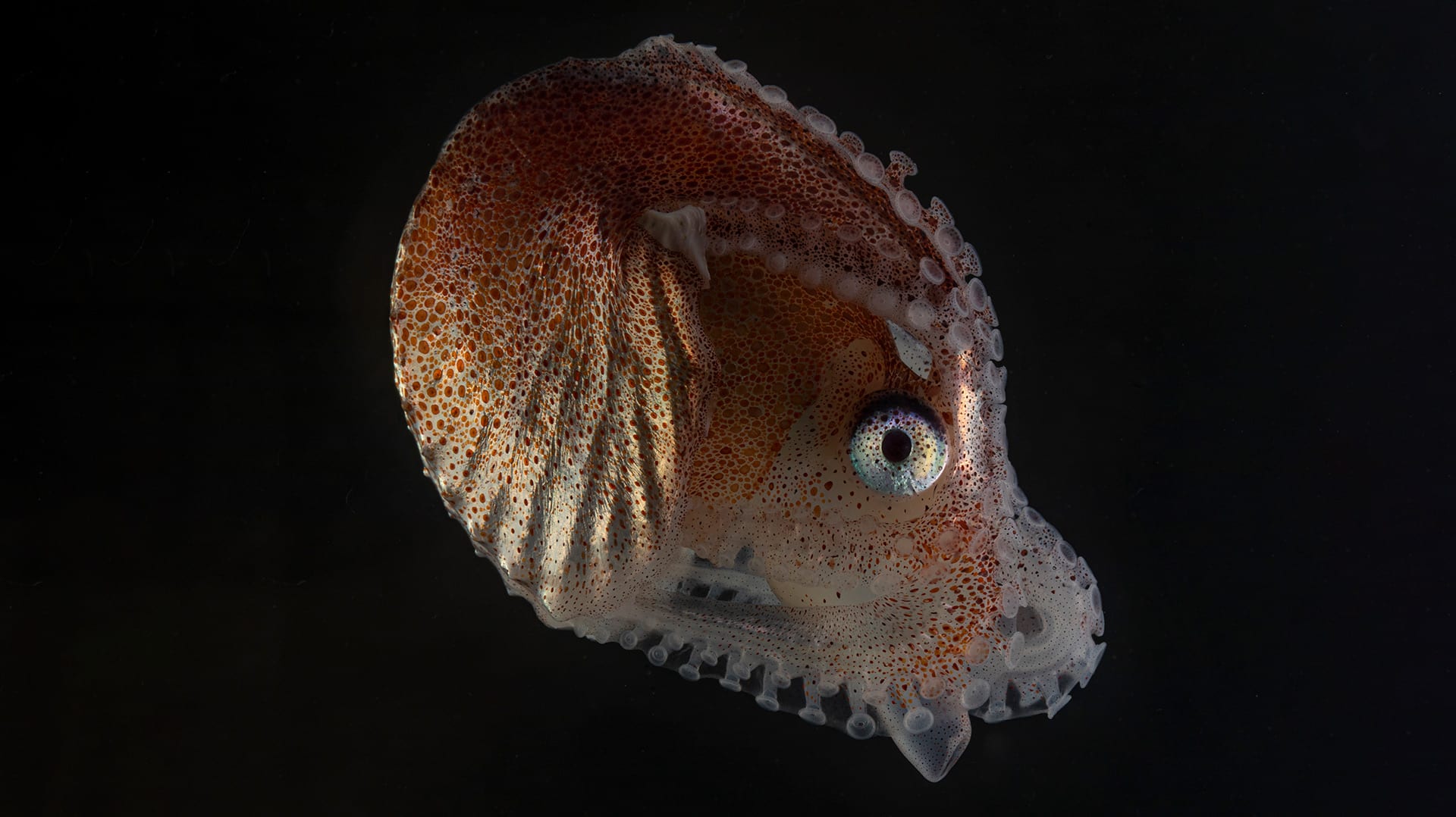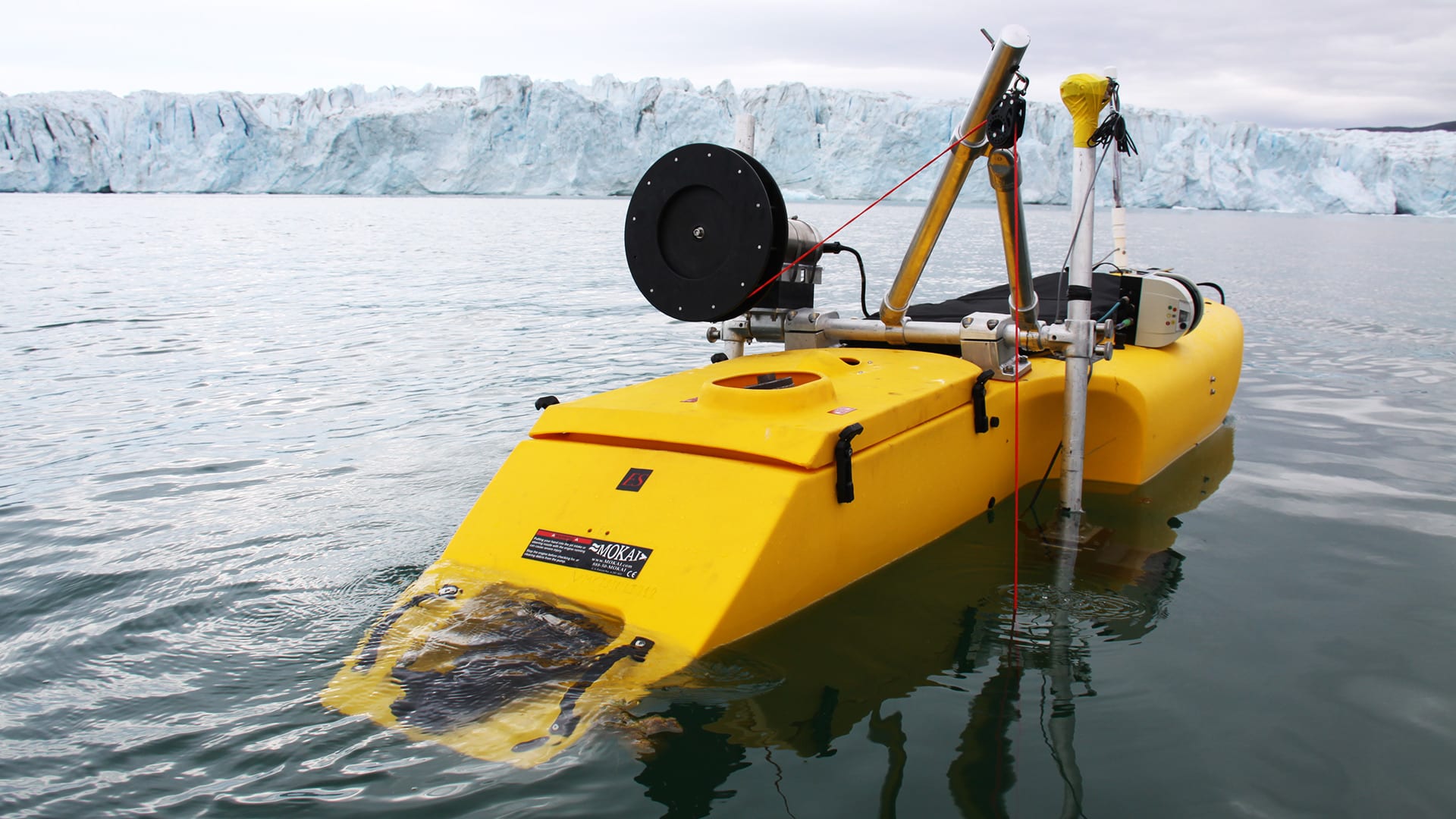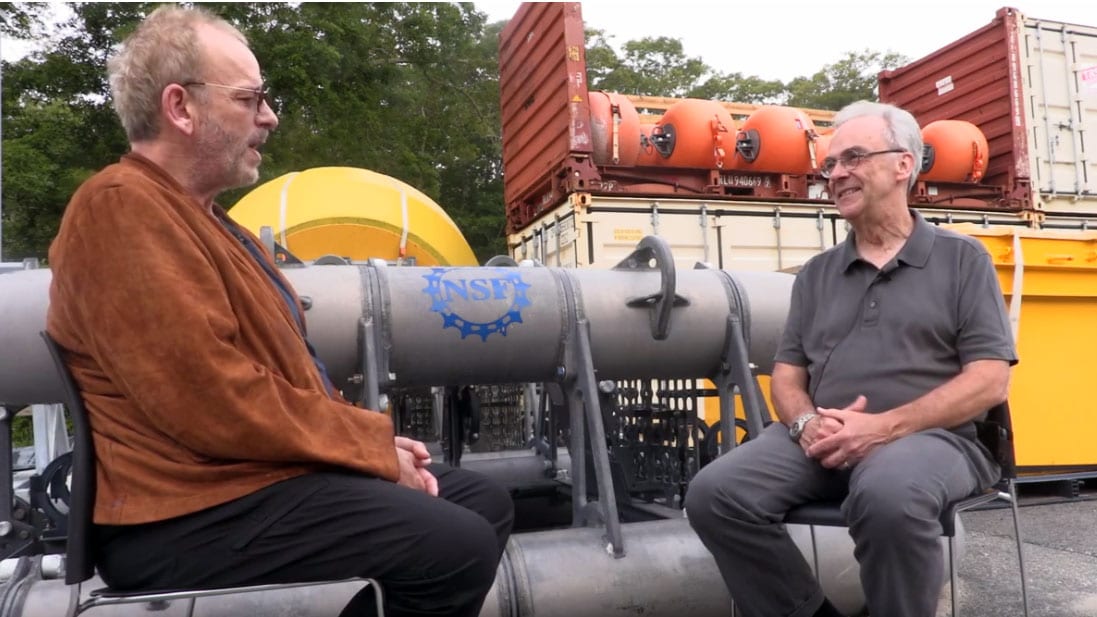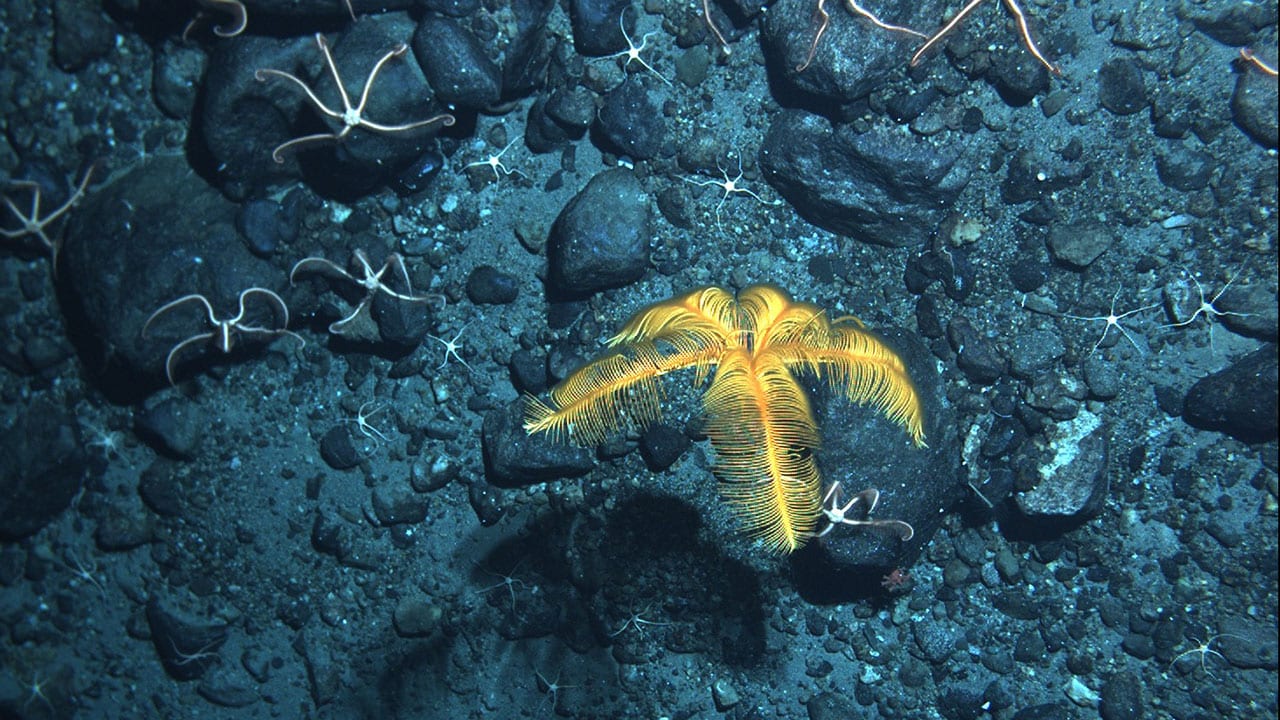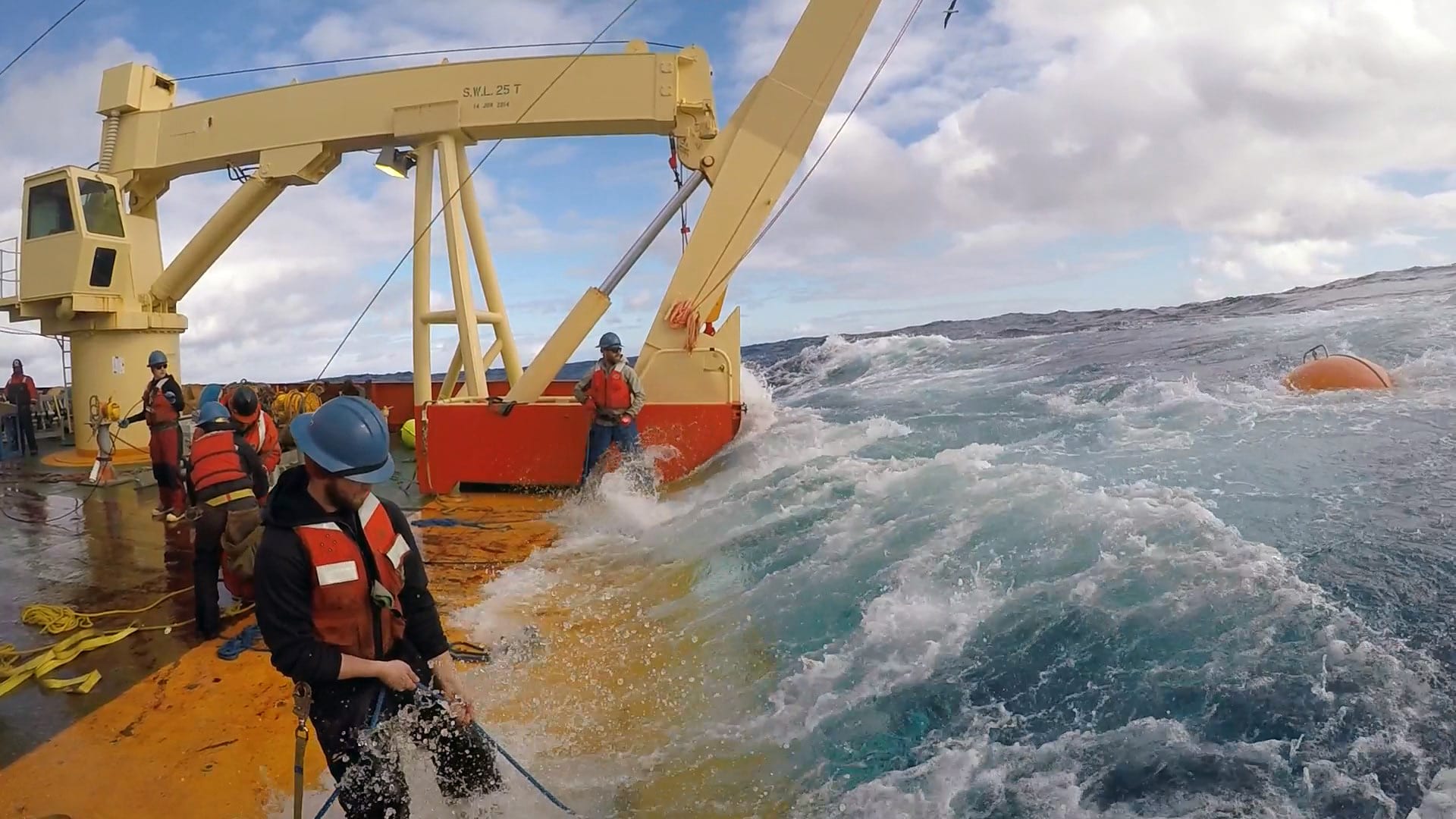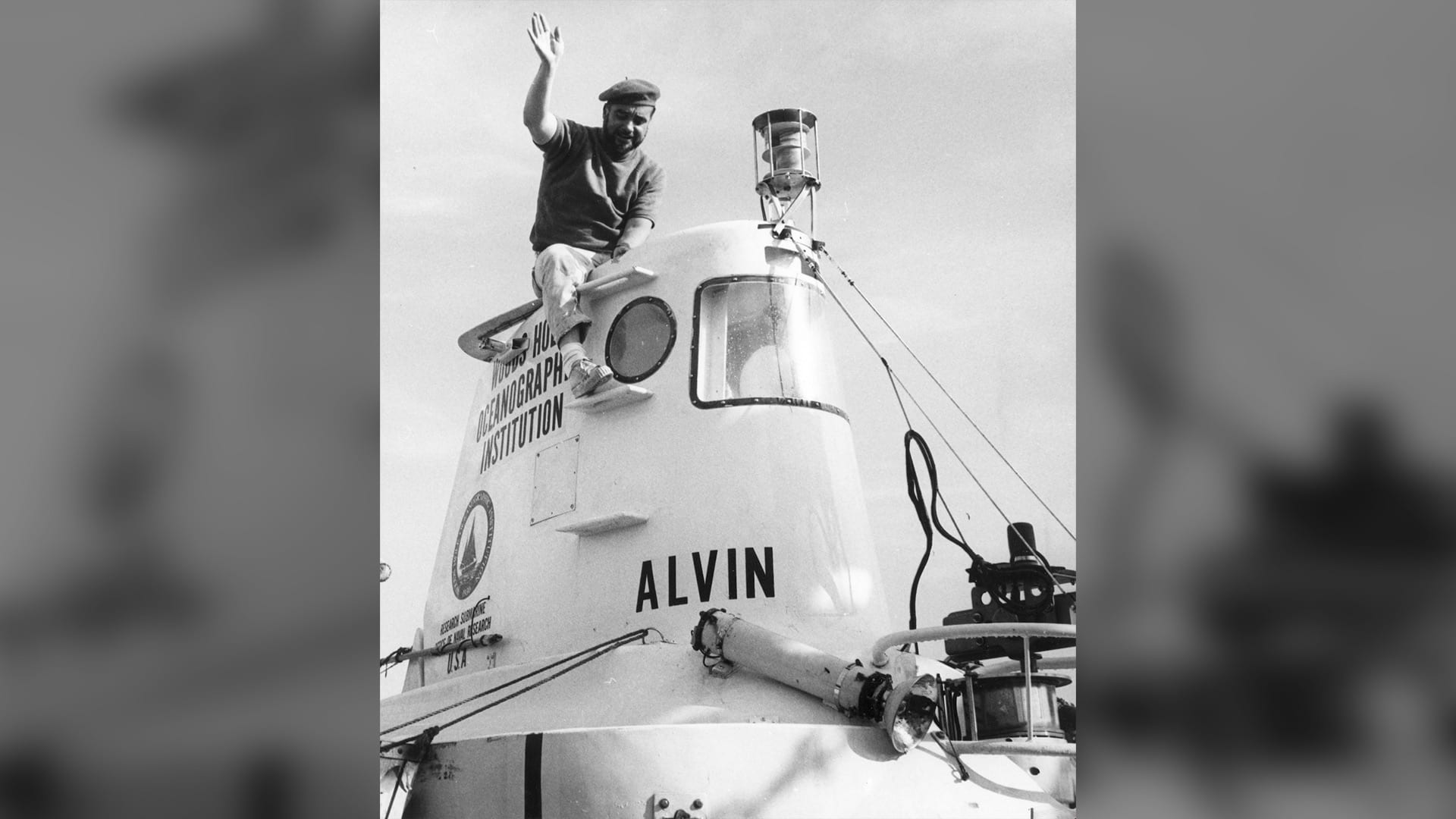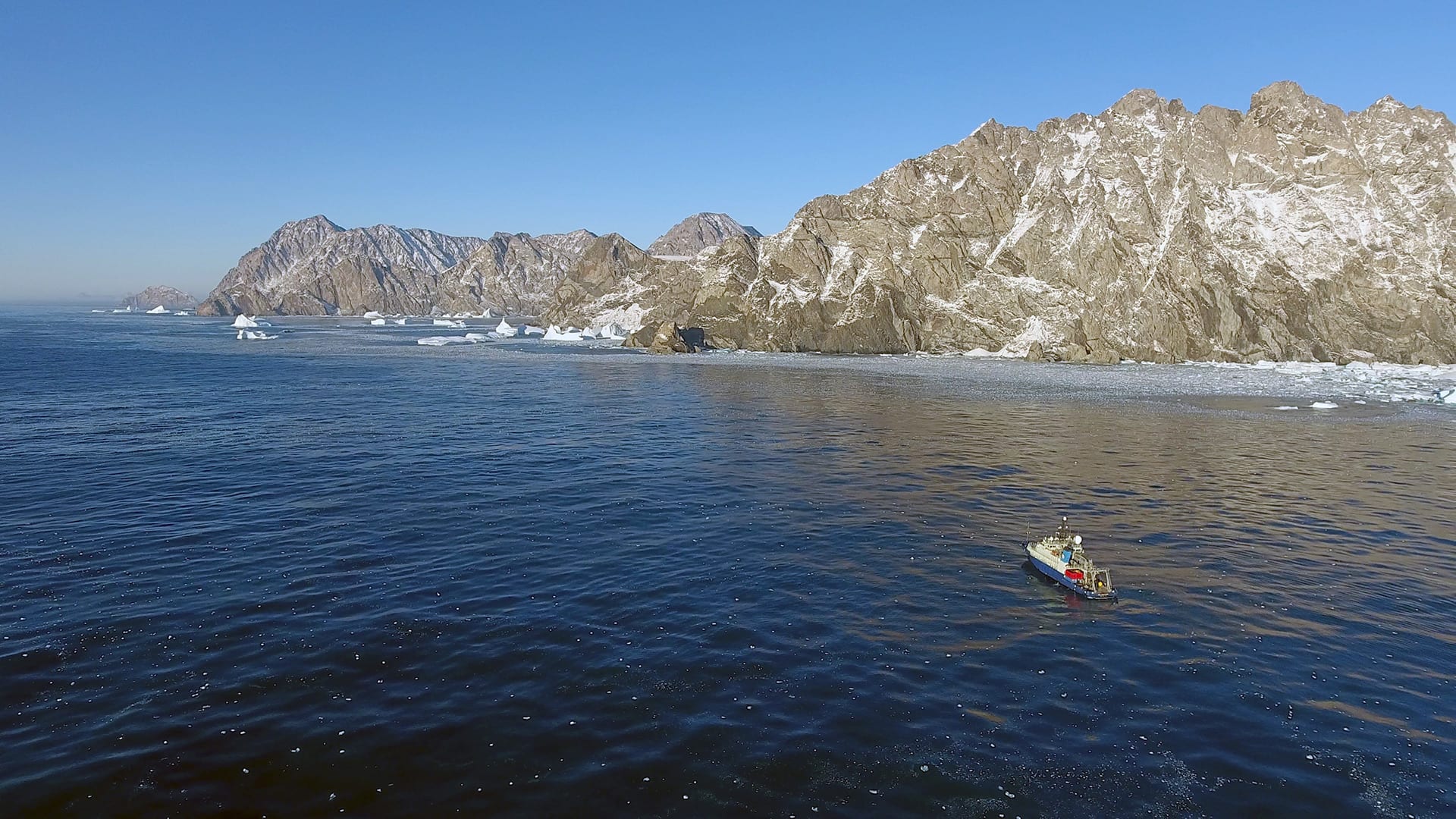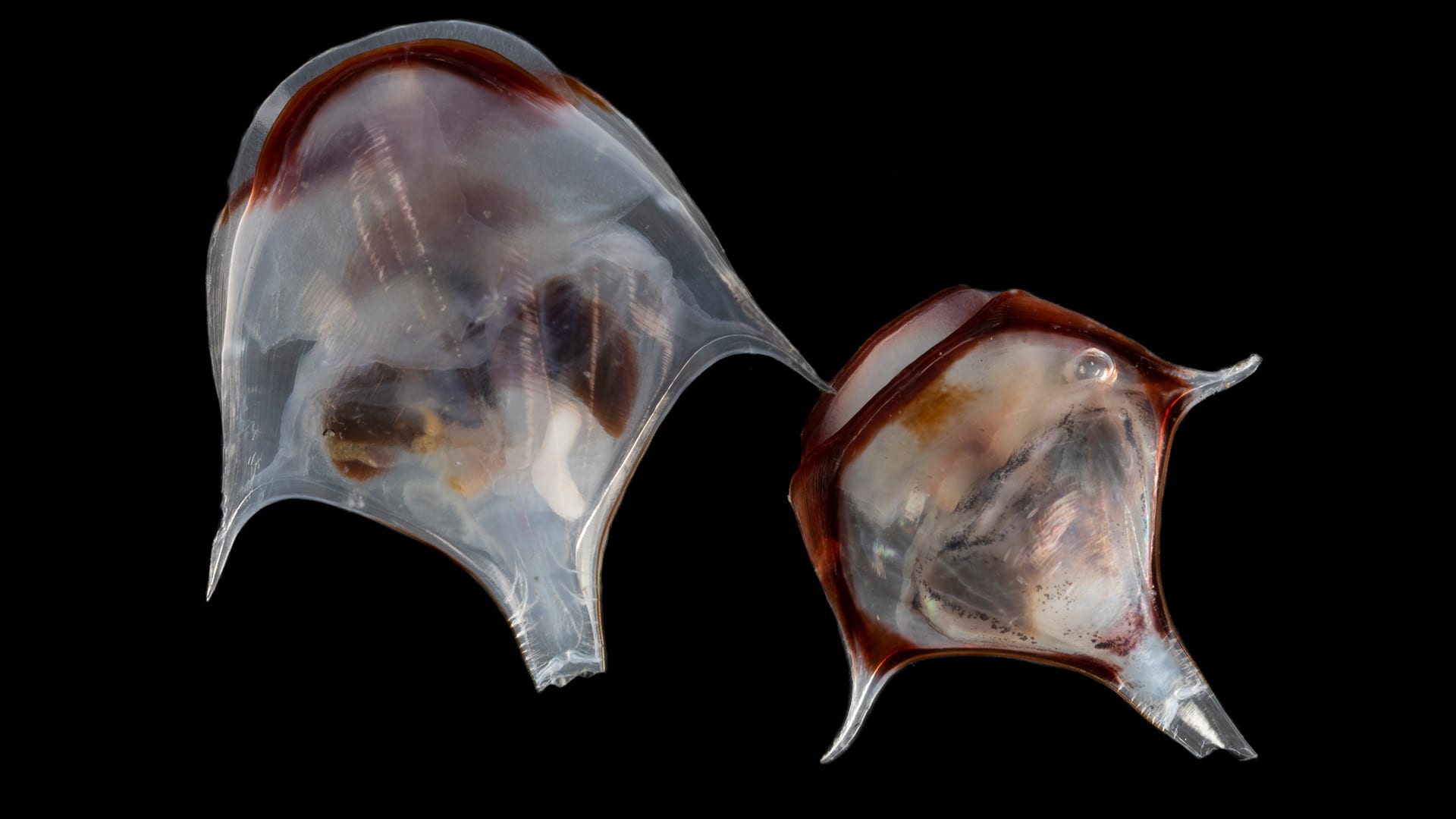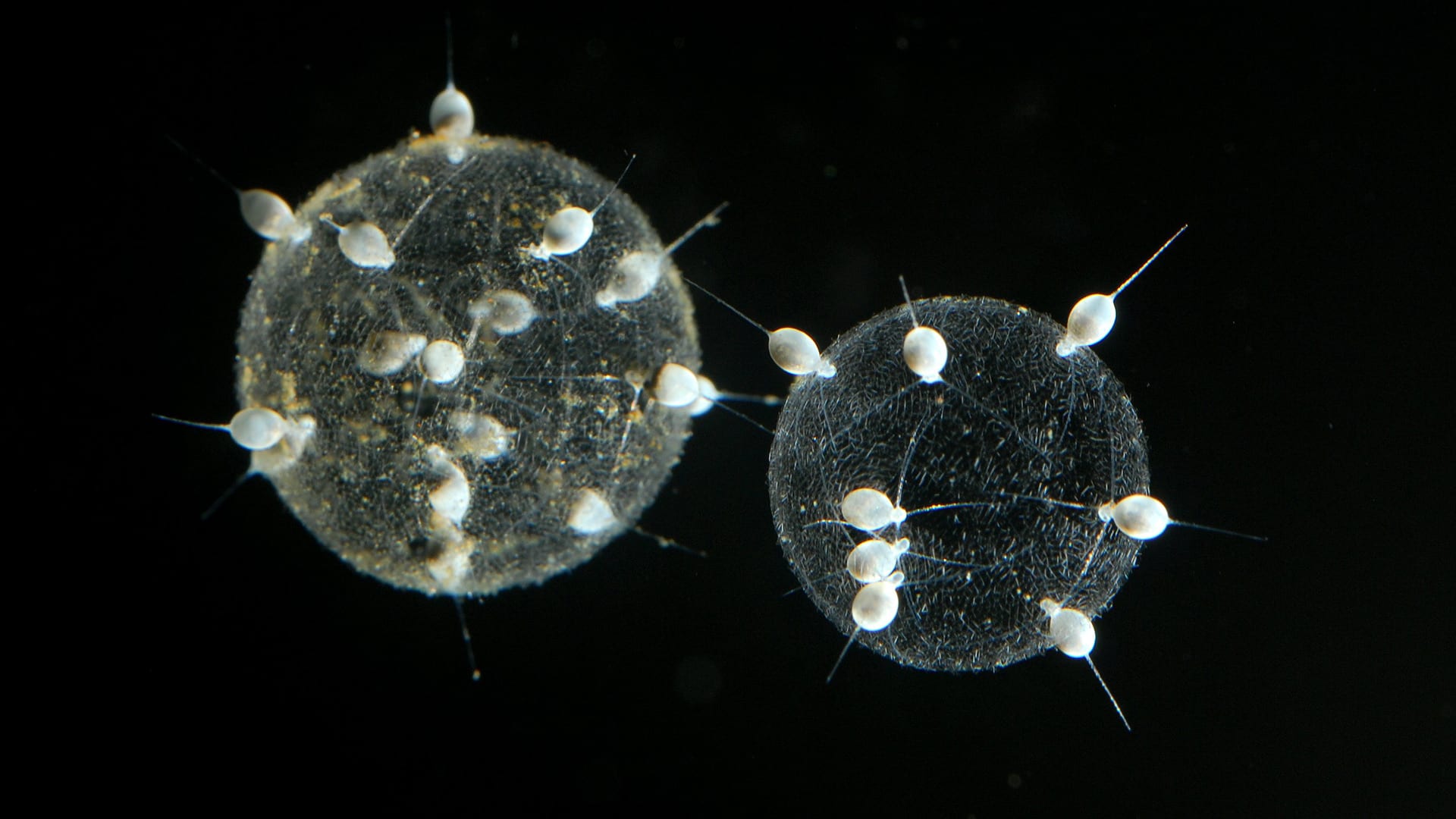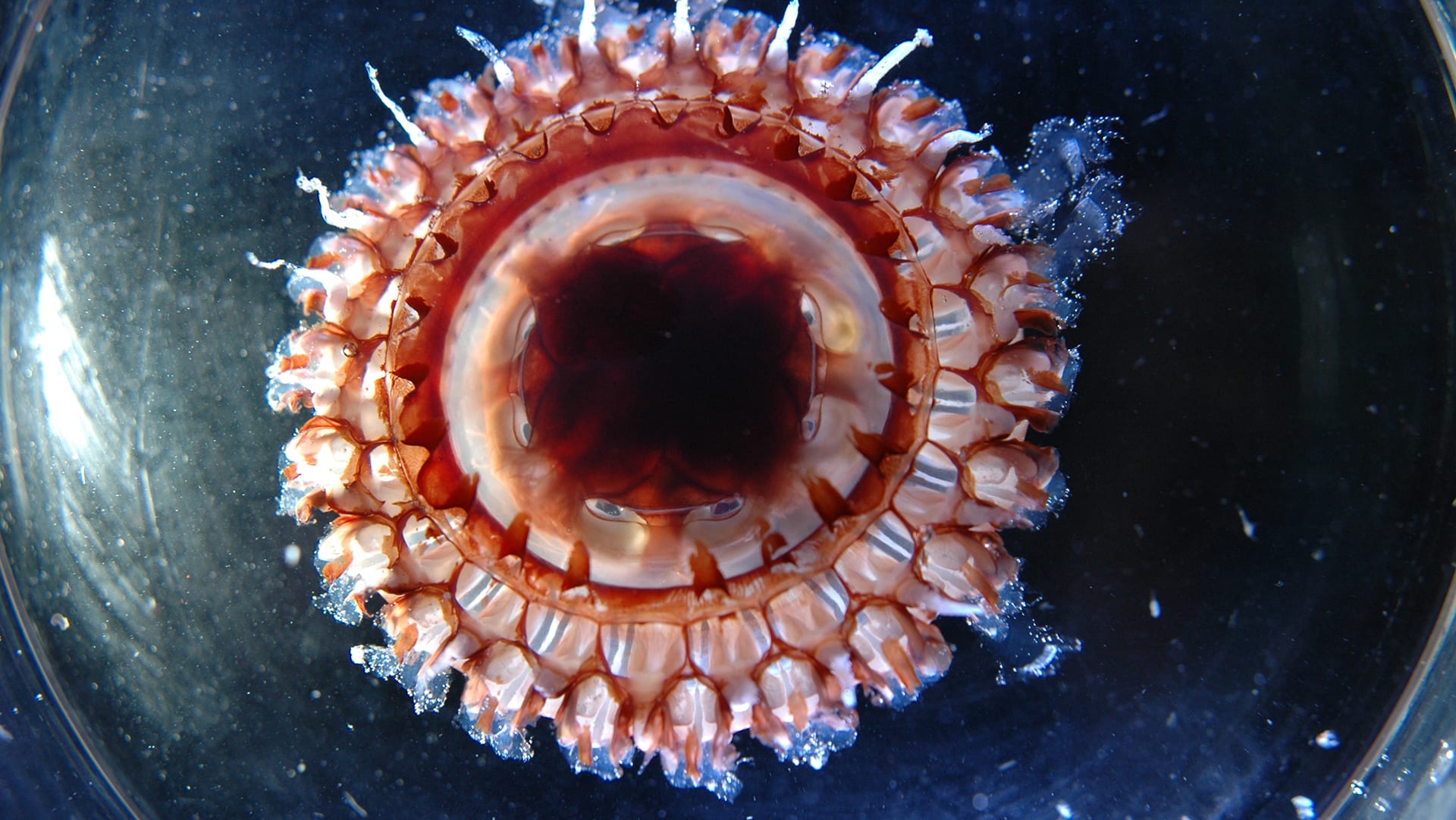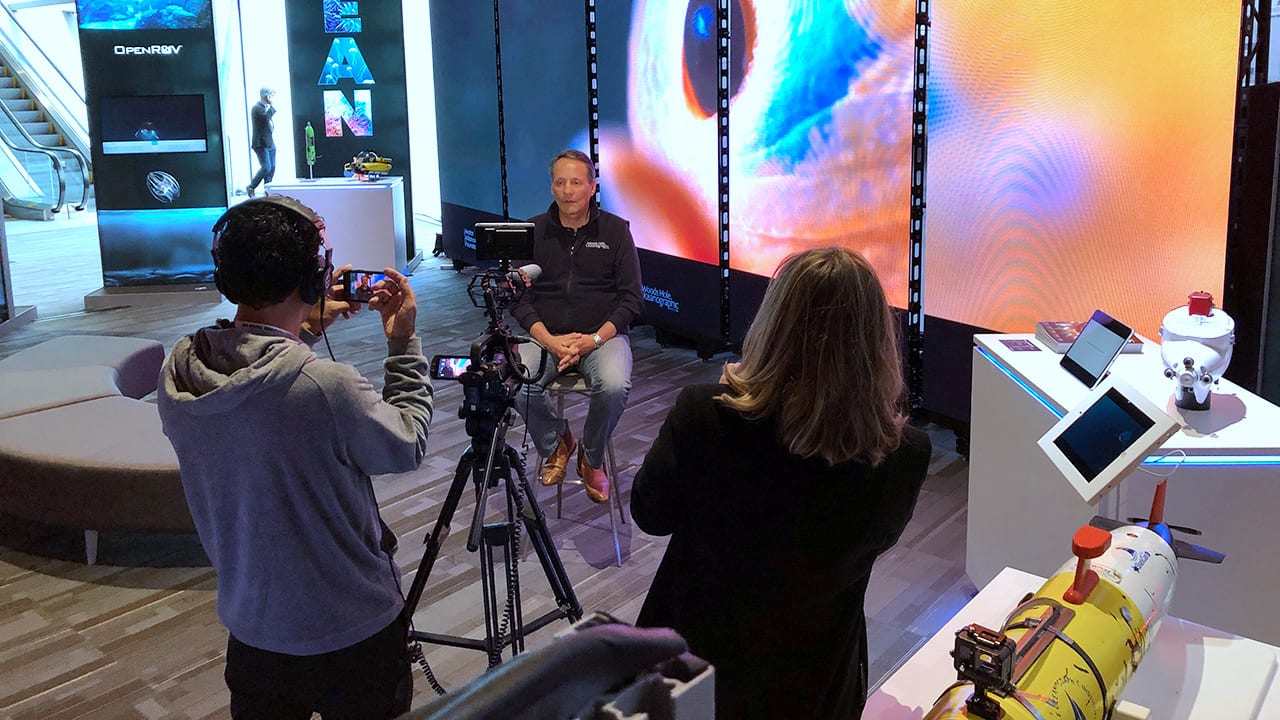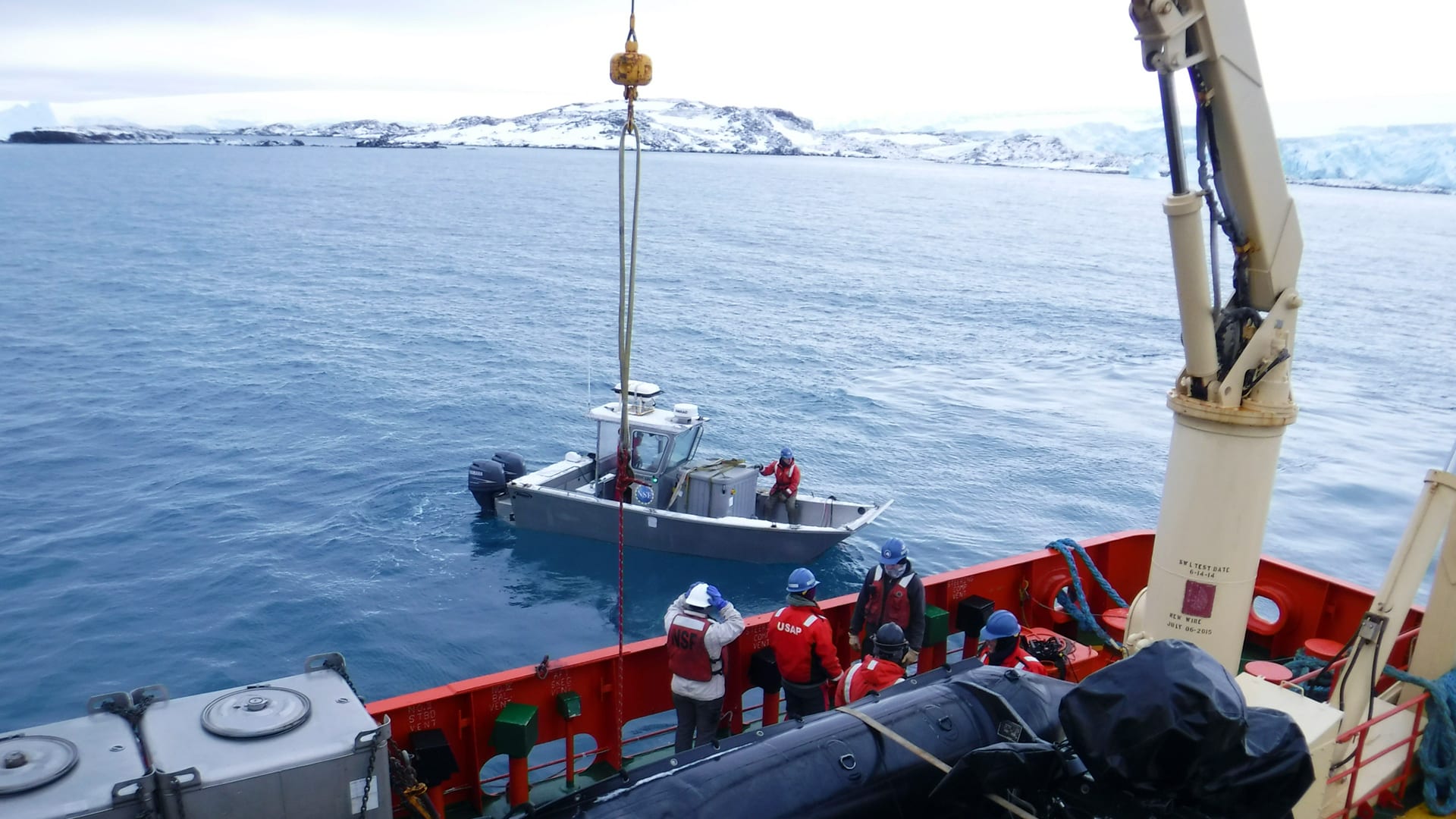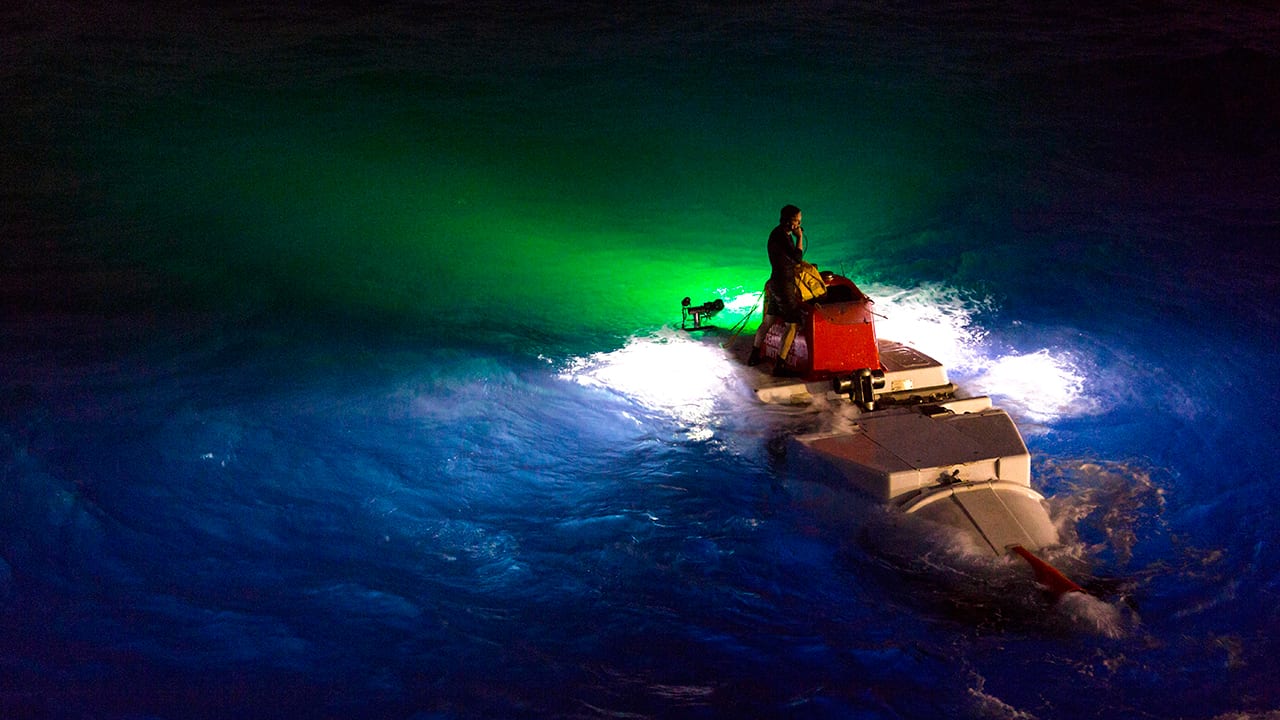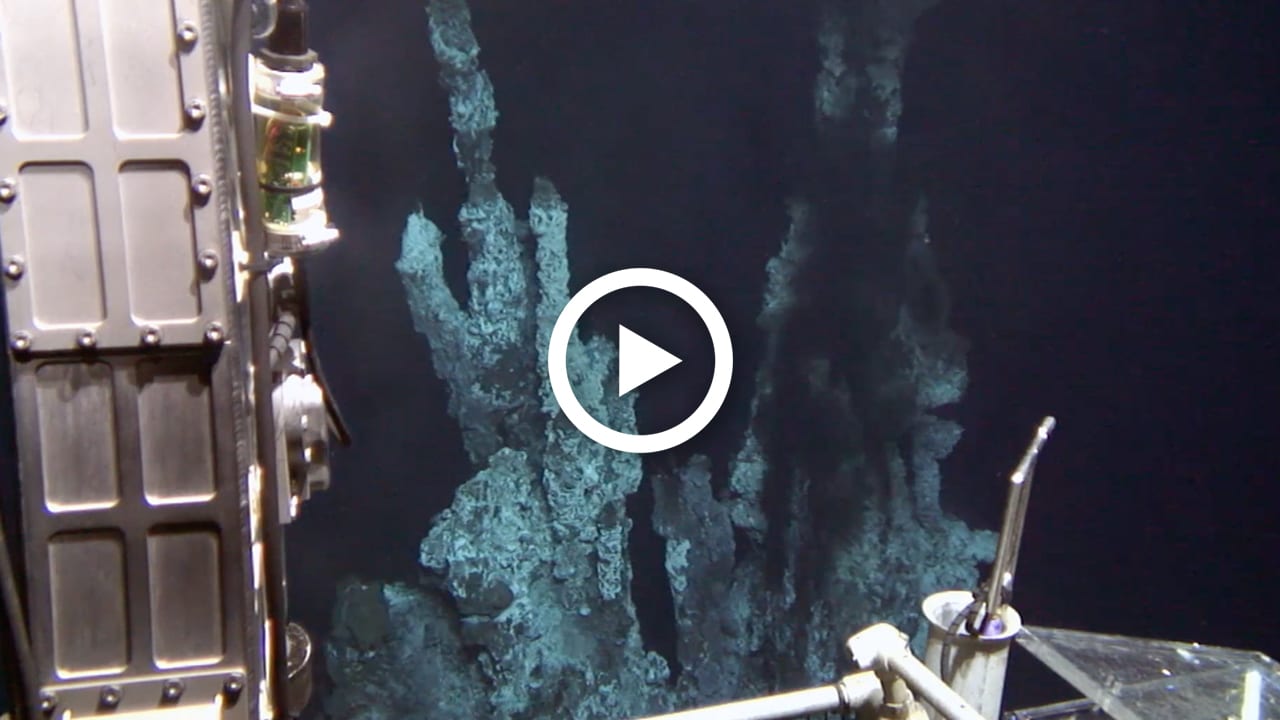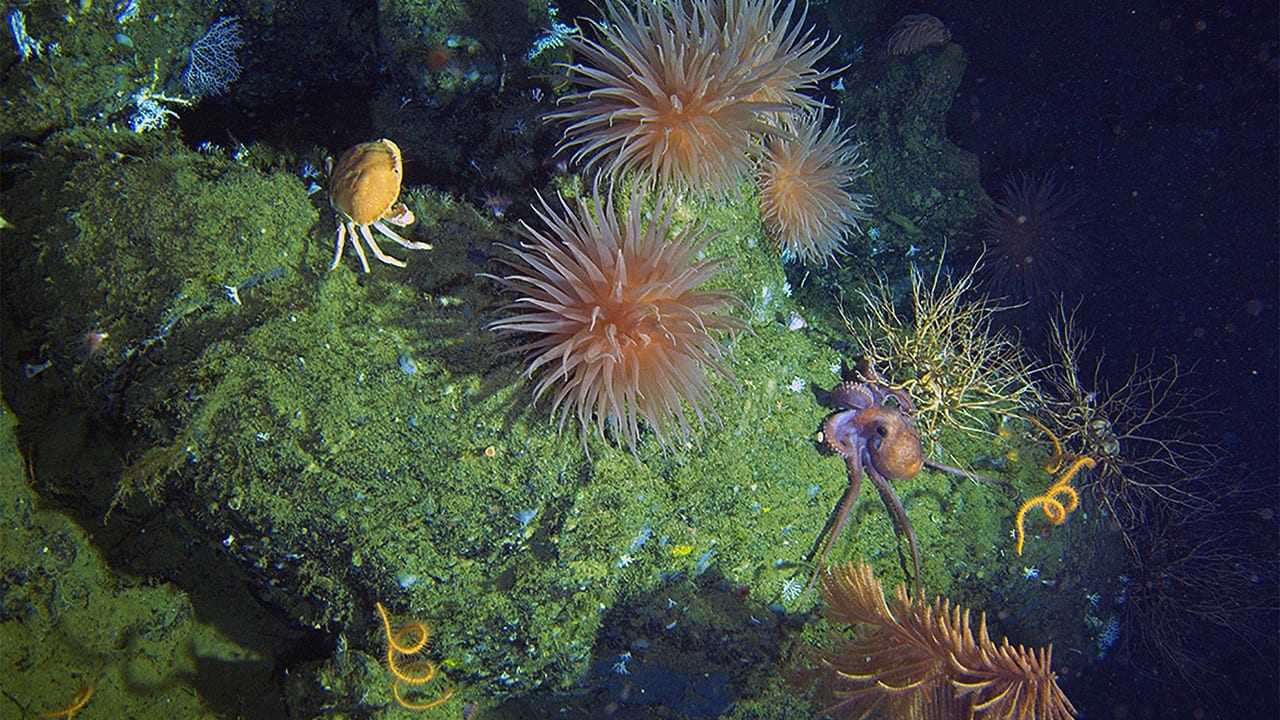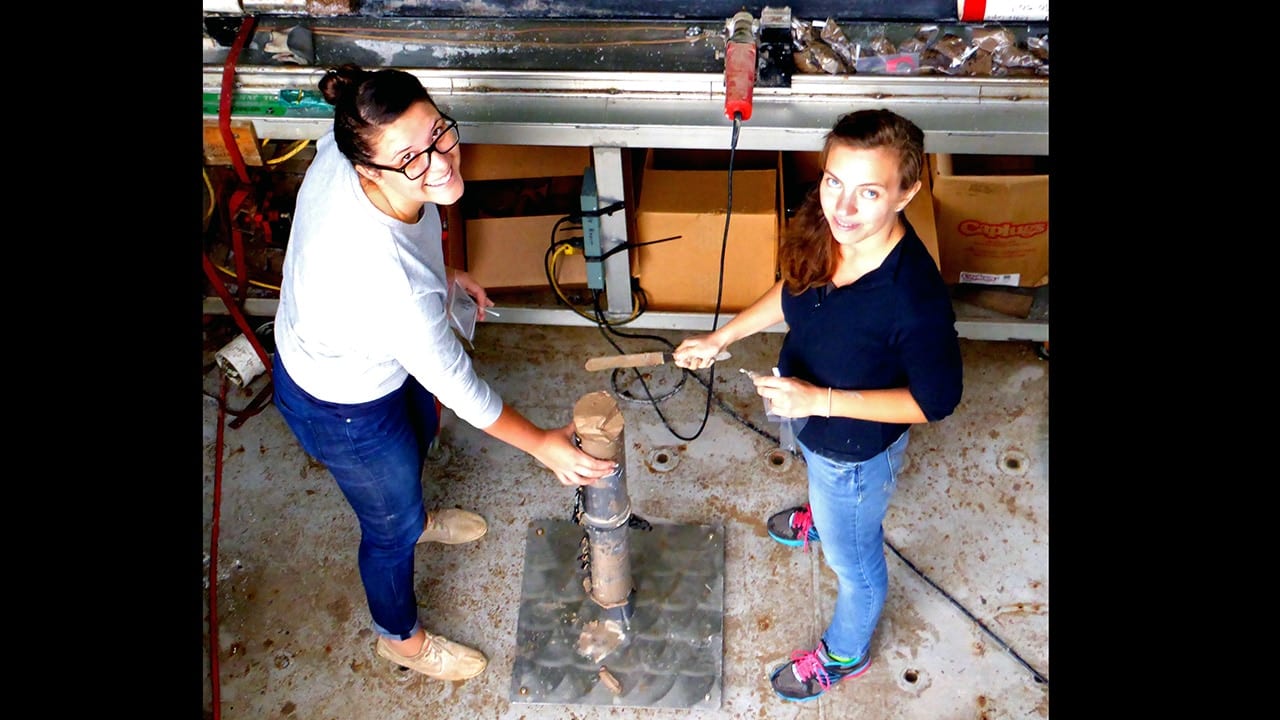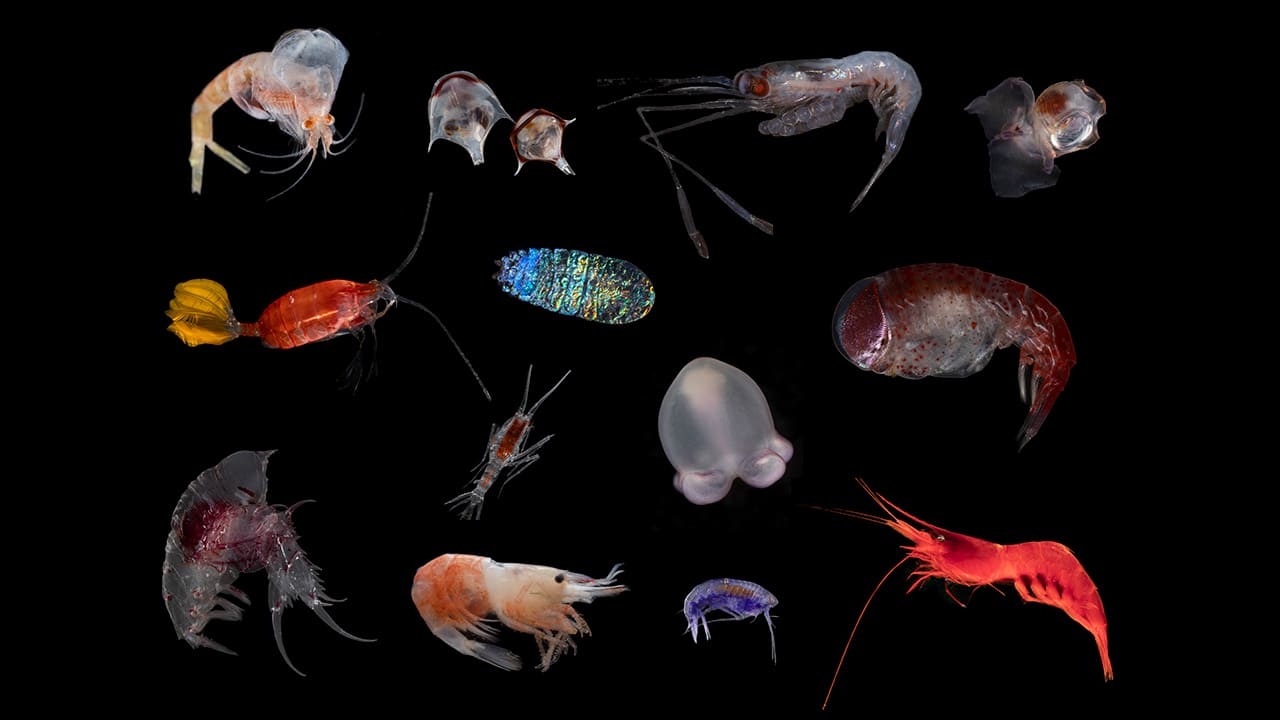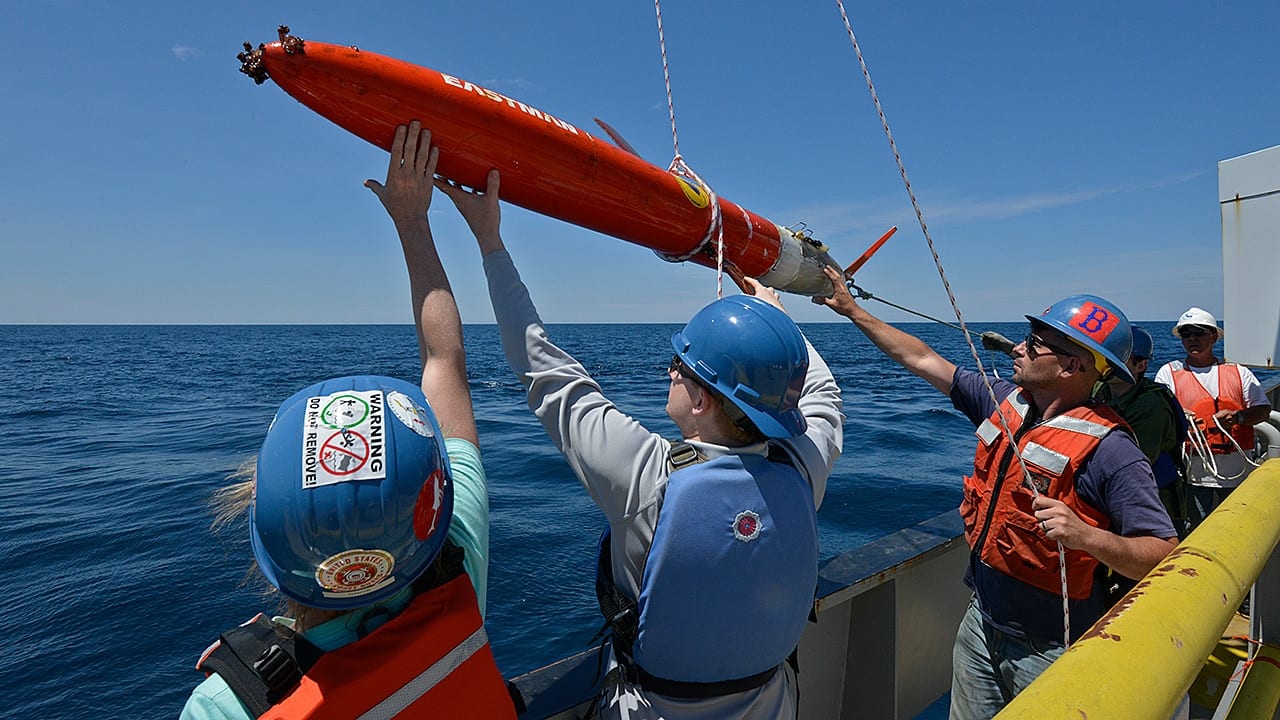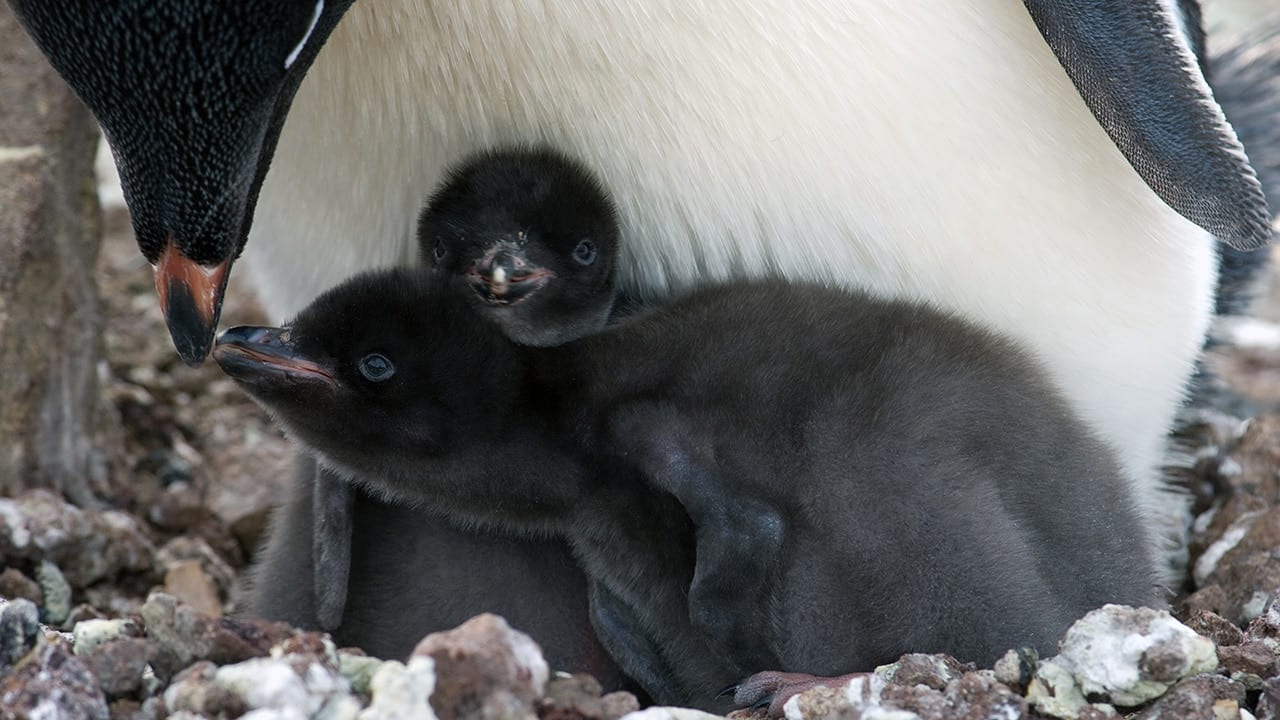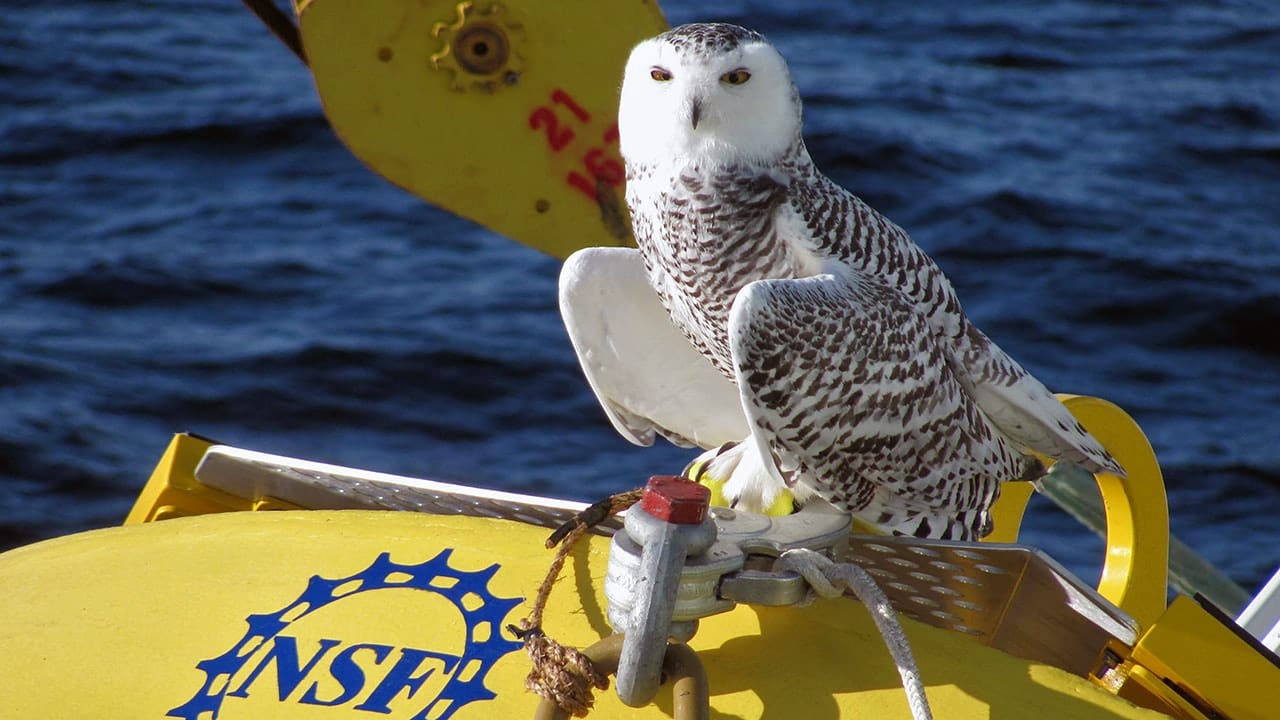Multimedia
Engineering the future
Created by WHOI engineer Anna Michel, the GOES (Girls in Ocean Engineering and Science) Institute, hosts girls going into sixth grade for a week of engineering activities
Read MorePelagic octopus
Argonauts like this pelagic octopus, found in the ocean twilight zone, are rarely found in the wild. Only the females like this lovely lady are able to create a shell.…
Read MoreJetYak
Autonomous vehicles explore places too dangerous for humans. Here, JetYak embarks on a survey mission along the Sarqardliup glacier in Greenland. (Photo by by Fiamma Straneo, Woods Hole Oceanographic Institution)
Read MoreMark Abbott interviewed for ocean podcast
WHOI President Mark Abbott talks with Dr. Greg Stone about how the institution is tackling today’s urgent climate challenges.
Read MoreThe legacy continues with R/V Neil Armstrong
Meet R/V Neil Armstrong.
Read MoreStars and Stripes
A golden feather star raises its arms to feed. Behind, brittle stars are perched across the boulder-field. (Photo courtesy of J. R. Aronson)
Read MoreKnee-Deep
WHOI engineer Chris Basque deploys instruments for the Ocean Observatories Initiative (OOI) Global Array as waves crash board the R/V Nathaniel B. Palmer. The array is laden with instruments which remain at…
Read MoreSitting atop a legend
HOV Alvin pilot Valentine Wilson sits atop the research submarine in 1966, shown here in its first incarnation. After Wilson came back from a trip to the Bahamas sporting a…
Read MoreR/V Armstrong in Southern Greenland
During a recent transit through the Prince Christian Sound in southern Greenland, the crew of the research vessel Neil Armstrong took advantage of calm conditions during an otherwise storm-tossed spring…
Read MorePotato chips of the sea
Sometimes referred to as the potato chips of the sea, two pteropods (Diacria trispinosa) move through the Ocean Twilight Zone in search of food. Photo by Paul Caiger, Woods Hole…
Read MoreMacroscopic Life
They look like space stations, but actually are colonial forms of single-celled organisms called radiolarians, collected in the deep Celebes Sea in the Philippines. The white blobs are individual cells,…
Read MoreBeads that Sting
These may look like a curtain of Mardi Gras beads hung in a doorway, but they are actually Man-o’-War tentacles that can inject toxins into any creature unlucky enough to…
Read MoreNature Imitating Art
From the underside, the jellyfish Atolla, looks more like a chandelier than an animal. Atolla are abundant the world over in the Ocean Twilight Zone and shallower depths. When touched or disturbed,…
Read MoreFeatured Image: WHOI at TED2019
WHOI engineer Andy Bowen talks with a reporter at the recent TED2019 Conference in Vancouver about the ocean’s critical role in the health of our planet and how technology is…
Read MoreThe Krill Crate
Scientists from WHOI and the University of Oregon transport a tank of juvenile krill (gray square box on small boat) to Palmer Station in Antarctica, where they will be analyzed…
Read MoreSplash in the Dark
The human-occupied submersible Alvin isn’t often recovered after dark—usually it’s on deck in time for dinner, even though the sub holds enough oxygen, food, and water for the pilot and…
Read MoreHydrothermal Vents: Oasis in the dark
The waters around hydrothermal vents may seem inhospitable to life, but they support diverse ecosystems that survive on the chemicals that flow from the seafloor.
Read MoreA Mountainous Task
The Galápagos archipelago is made up of 13 major volcanic islands that occupy a submerged platform rising more than three kilometers (nearly two miles) above the seafloor. During an expedition…
Read MoreAbove the Reef Flat
Kan-Min of the Dongsha Atoll Research Station steers a research vessel over Dongsha’s coral reef in the South China Sea, where former MIT-WHOI Joint Program student Tom DeCarlo conducted fieldwork.…
Read MoreHunting Zombie Microbes
Far below the ocean floor, sediments are teeming with bizarre, zombie-like microbes. Although they’re technically alive, they grow in slow motion, and can take decades for a single cell to…
Read MoreIn Praise of Invertebrates
Most of the countless animals in the ocean twilight zone do not have a backbone. Invertebrates include zooplankton and jellies and account for much of the life beyond the reach of…
Read MoreFeatured image: Glider Pilot
After a journey of more than two months from Miami, a team recovers a Spray glider on the continental shelf southeast of Cape Cod in June 2015. By changing its…
Read MoreSnuggles and Shellfish
After being measured and tagged by researchers during a 2007 Polar Discovery expedition in Antarctica, an adult Adelie penguin snuggles back down over its chicks to warm and feed them. In…
Read MoreGood Omen
“I think it was a good omen, as everything has gone smoothly so far,” said WHOI senior scientist Al Plueddemann when describing the appearance of a snowy owl on the…
Read More
